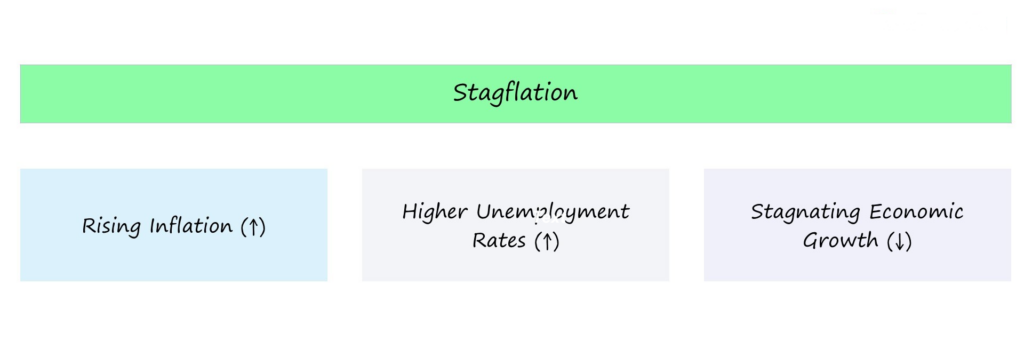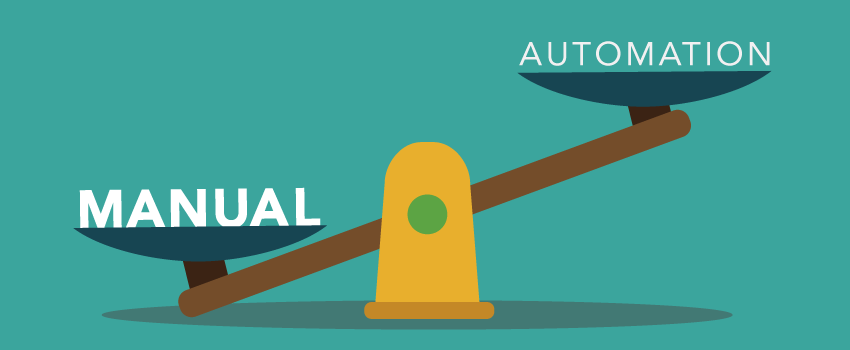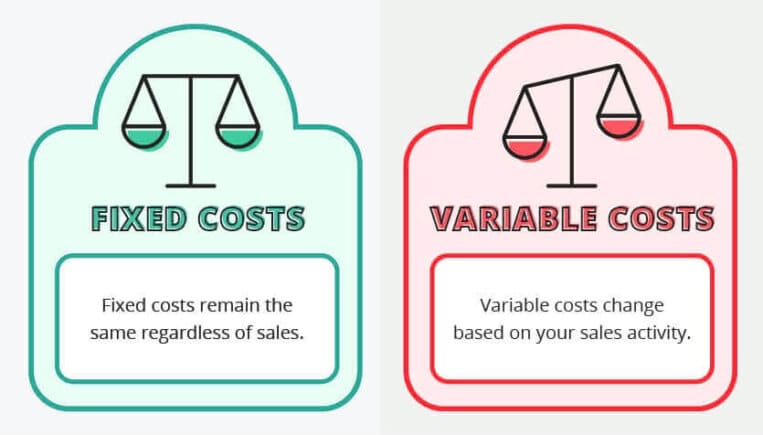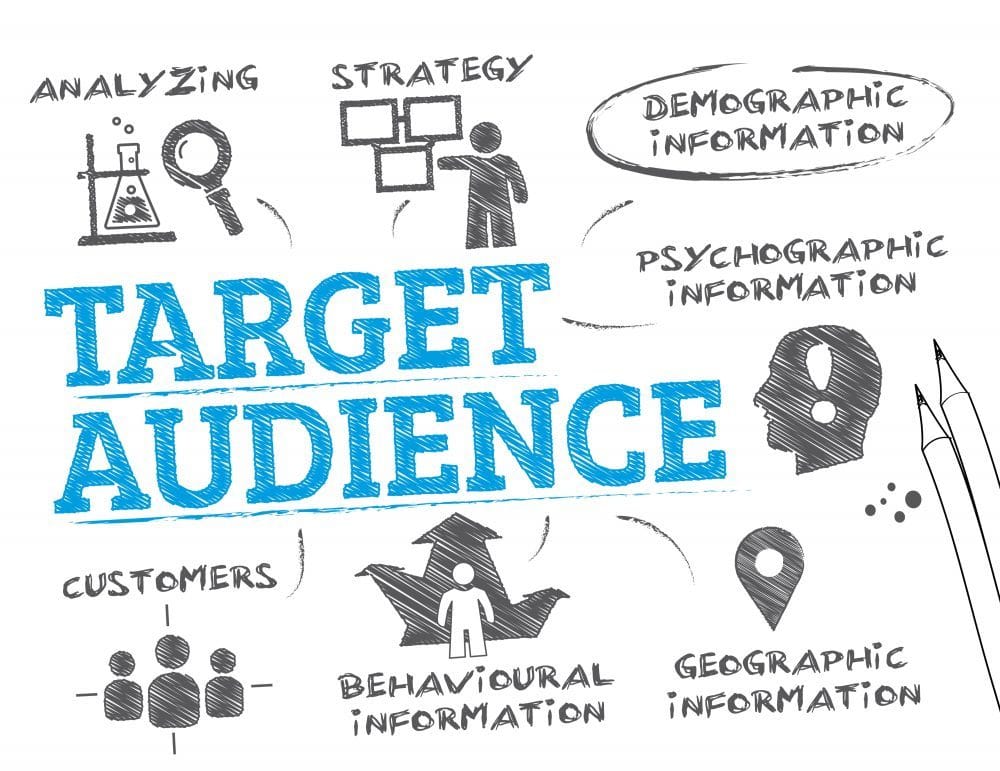All of us experience some form of extensive change in our lives and in the business world.
Change seems to be an ongoing endeavor to implement efficiency and increased profitability.
Change comes in all sorts of shapes and sizes: downsizing, changing jobs, changing job descriptions and duties, technological improvements, training and development, and other measurements to improve business results.
Usually changes mark improvement. However, organizations ignore the first and foremost obstacle to change, which is the fact that virtually no one likes change.
When we execute change in the workplace, typical employee reactions are:
– Well, here we go again…
– Is this going to affect me?
– Am I going to have to learn something new?
– This is only going to create more work for me.
– We tried this before!
Besides ignoring the fact that change will not be readily accepted, many companies initiate change without considering if it falls in line with their objectives. In fact, many times changes are made as the result of desperation.
If you are going to implement some form of change follow these simple steps:
1. Ask yourself if the change falls in line with your objectives.
2. Be aware that there is likely to be some adverse reaction to change.
3. Devise a PLAN as to how you will formulate and initiate the change.
4. Before initiating the change get input. Ask the people affected what they think; “How should we do this?” If it is their idea, they will more readily accept it and they will become a part of the change instead of an obstacle to it.
5. List, clarify, and quantify the unfavorable effects of any of the changes. Be honest and upfront.
6. List, clarify, and quantify the benefits of the change. Give the “bad news” first and the “good news” last, as the last impression is more lasting.
7. Communicate the change to everyone from the standpoint that it will be beneficial to them. Avoid the “we have to do it” and the “that’s the way it is” approaches.
8. Be prepared to address both negative and positive reactions and allocate time to discuss these reactions.
Do not be vague in your communication as this implies there is “something hidden.”
There is nothing people dislike more than a lack of information or the feeling they are being left in the dark.


















































